When it comes to realism in sports games, some of the major titles are definitely better at being simulations than others. A game like MLB The Show 21, for example, does an admirable job of recreating baseball down to some of the smallest details that you see on the field. Over the years, MLB The Show has refined its gameplay to include elements to make it increasingly more true to life to the point where it’s now almost become difficult to tell the difference between the video game and the real thing.
But there’s one area MLB The Show has always come up a little short in the realism department to me, and it’s especially noticeable when you’re playing a franchise and you can’t help but recognize a huge discrepancy in one particular stat column compared to the rest of the league: walks. This isn’t quite as big of an issue when it comes to working your own walks at the plate, as that’s largely determined by just how patient you happen to be in your approach since CPU pitchers will throw you a fair number of pitches outside of the strike zone. If you have a good eye and are willing to wait for the right pitch out over the plate, it’s feasible that you can tally enough walks to get close to the real league averages in this category.
It’s when you’re on the mound yourself though that it becomes especially difficult to issue enough free passes to have your pitchers matching the lack of control that their real counterparts experience on a regular basis. Even on Legend difficulty when you would expect that it would become more of a challenge to find the strike zone, pitchers are still able to routinely hit their marks. If you’re experienced and adept enough at whatever pitching interface (meter, analog, pinpoint pitching, etc.) you happen to prefer, your own skills on the sticks seem to often make up for whatever attributes and accuracy issues a pitcher might have.
Because this has always been the biggest pet peeve I have with MLB The Show as a baseball simulation, I went searching for a way to try to overcome this one glaring realism issue to see if there was any conceivable settings that could be used to make my own pitchers concede enough walks to match what you see from the rest of the league. This led me down a rabbit hole of adjusting options and sliders, using trial and error (with an assist from the Operation Sports forums) and gauging the results to determine what would work the best in making my pitchers erratic enough to approximate real life numbers. I thought I’d share with the community some of my own experiments that I went through and how I eventually settled on a set of adjustments that produced satisfactory results when it comes to yielding bases on balls.
For reference purposes, at about the midway point of September, the team that had allowed the fewest number of walks this season was the San Francisco Giants with an average of 2.66 per 9 innings. The team that had given up the most walks was the St. Louis Cardinals with an average of 4.00 walks per nine innings. This will provide a helpful baseline for what kind of numbers we’re hoping to approach when tweaking the settings to produce more walks.
Pitching To The Corners
Partly because the CPU hitters have a tendency to chase some terrible pitches way outside of the strike zone, it’s necessary to attempt to paint the corners and make peace with the fact that by doing this you will consequently end up throwing more balls. It’s hardly unusual for pitchers to want to keep the ball from sailing right over the heart of the plate where hitters can often mash it early in an at-bat or when they’re ahead in the count, but you also have to be willing to sometimes target the edges when you’re behind in the count as well. By doing this and not giving hitters a meatball when they’re looking for a ball in the zone, you will give up first base more often, but you might also save yourself from worse results like XBH and home runs in the process.
Targeting the corners regardless of the count is likely to have you giving up another walk here and there, but you’ll need to take things a little further if you want to get anywhere close to league averages.
Moving The Sliders
If you’ve been playing MLB The Show for years now and have become well acquainted with any of the pitching interfaces like meter, analog, pulse or even the new pinpoint pitching (or perhaps all of them), then you’re probably skilled enough now to be able to get a favorable result out of them on most pitches. If this is the case, then you’re always going to be able to locate decently enough because of your superior input, and this will naturally lead to fewer walks while on the mound even on the highest difficulty of Legend and using the game style of simulation. It’s pretty clear that the game prioritizes how you perform with the interface over the attributes of the pitcher involved, inherently limiting the realism and giving pitchers that you’re using better accuracy.
This is why it’s necessary to make throwing strikes a little more difficult by manipulating the game’s sliders to reduce the command of your pitchers. MLB The Show 21 has two main sliders you’ll want to pay particular attention to: Human Pitch Control and Human Pitch Consistency. However, as with most sliders it seems, small moves with them don’t seem to make all that much of a difference so therefore drastic measures are required. Through trial and error, I eventually lowered both of these all the way to 0 and this definitely caused more balls to sail outside of the strike zone, particularly when you didn’t have good input with your preferred interface.
Unfortunately, you would have to be willing to intentionally perform badly with the interface consistently if you wanted to be able to produce enough walks to approach realistic numbers. The rewards for being good on the sticks (or the buttons) can still leave you hitting your targets too often even after attempting to remove all control and consistency with the help of the game’s sliders.
Luckily, there’s another step you can take should you be as fully committed as I am to trying to recreate the statistics you see in the MLB.
Classic Pitching
MLB The Show 21 has a Classic pitching interface that is as simple as it can possibly be in that all you’re required to do is select your pitch type and location and then push a single button once to have your pitcher deliver the ball to the plate. By using this method, you are essentially removing your input from the equation entirely and relying instead on the attributes of your pitchers. If you’re like me, you might be somewhat reluctant to take so much of your own influence out of playing the game, but if your ultimate goal is to have players match their actual abilities, you really just have to accept a slightly reduced role in order to make that happen.
When whatever skills you might have are no longer a factor, the number of walks that get racked up by a pitcher should theoretically match what he would concede in real life, but it doesn’t exactly play out that way. With the walks remaining a little on the low side, I found some guidance in a post by an Operation Sports forum poster named IrishSalsa, whose own slider set was tailored to using classic pitching on Legend difficulty and involved lowering the Human Control slider to 0 and the Human Consistency one to 2.
By using these settings, I quickly started getting some impressive results as it became much easier to fall behind hitters, battle to full counts, and eventually let more hitters take first base on balls. While using certain pitchers with a lower BB/9 attribute, it became common to have them giving up multiple walks in just an inning when the CPU was being particularly patient or the pitcher just could not find the zone. It’s important to also remember to slightly lower the CPU’s contact and power sliders as the post indicates or else the hitters will strike out too little and they will mash those errant pitches over the plate a little too regularly.
These settings not only showed that it was possible to have your pitchers giving up a realistic number of walks, but after using them in enough games, they might actually have taken things a little too far in the other direction in how they could almost have you giving up too many walks at times (in one game I ended up with 8 walks, although that does happen in real life sometimes). It’s possible the slider set might need a little bit of tweaking to add back at least some of that control and consistency that’s been so severely lowered. At the moment, I’ve raised both Control and Consistency up to 3 and have been getting some pretty good results thus far.
Bottom Line
It’s disappointing that it’s all but necessary to use the comparatively rudimentary Classic pitching interface while your team is in the field if you want to be able to approach the number of walks you see in the majors, and it would be nice if there was a way to use a more dynamic interface and still see those kinds of numbers. One hope is that the introduction of game styles in MLB The Show 21 could perhaps be expanded upon even further in future releases to allow for the simulation style to depend even more on attributes and less on the user input via the controller. That way people would still be able to use competitive game style if they want their own skills to be felt more while simulation could be reserved for those who are truly after realistic stats across the board.
Alternatively, developers could perhaps add another level of difficulty beyond Legend (or refine Legend to be even harder) that punishes you for the slightest mistakes that are made, especially if they have inferior attributes when it comes to control. This way those who have mastered any or all of the interfaces would still be challenged to locate their pitches and could see their pitchers yielding more walks if they are not particularly sharp on the controller.


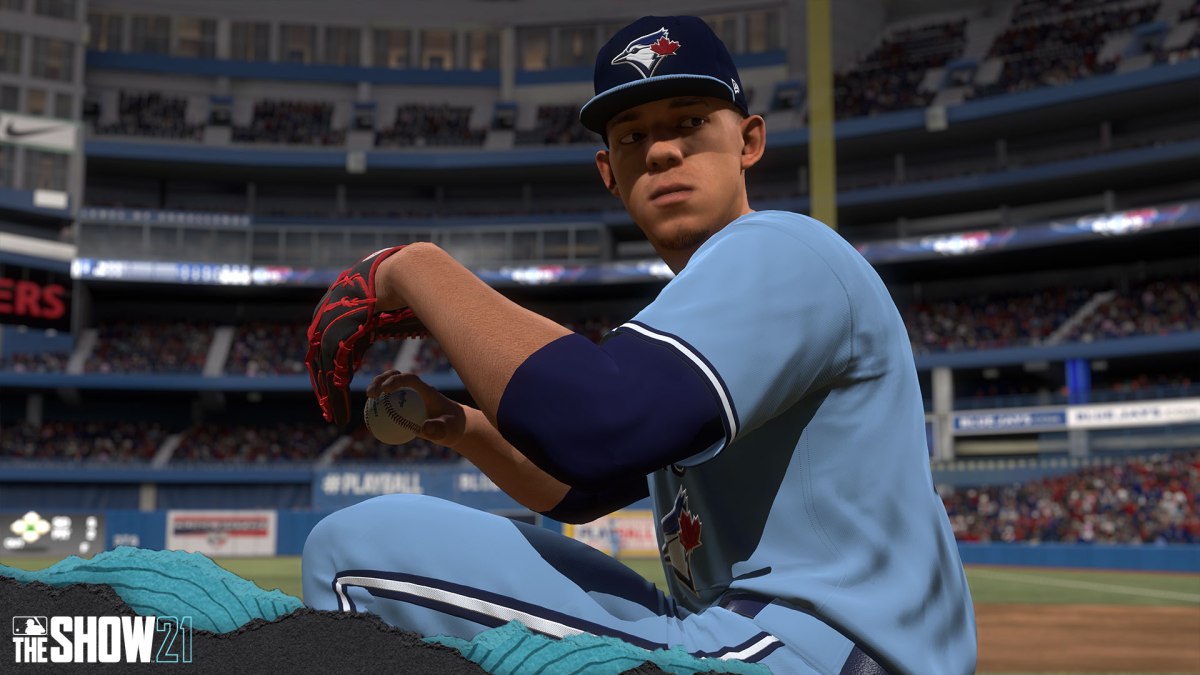
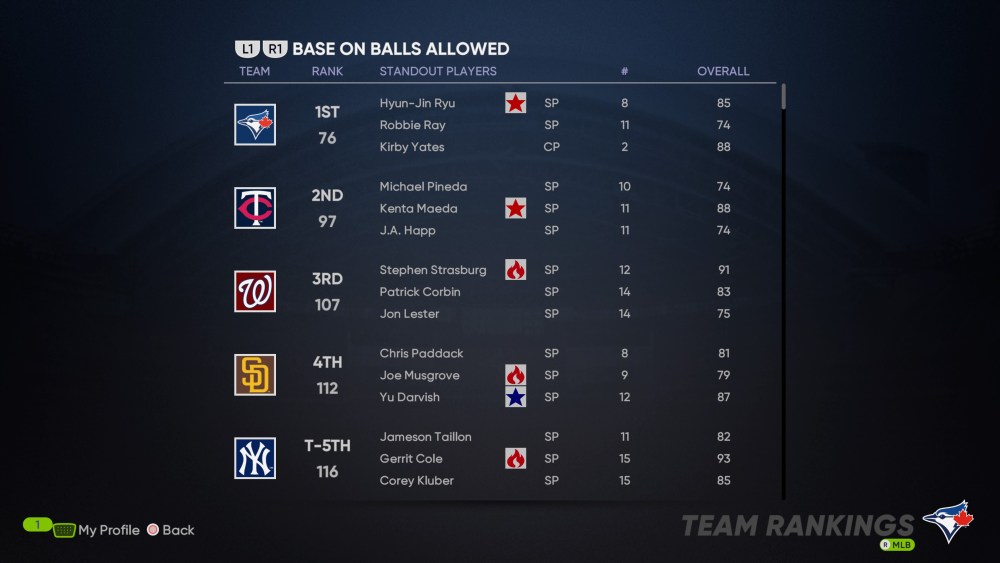
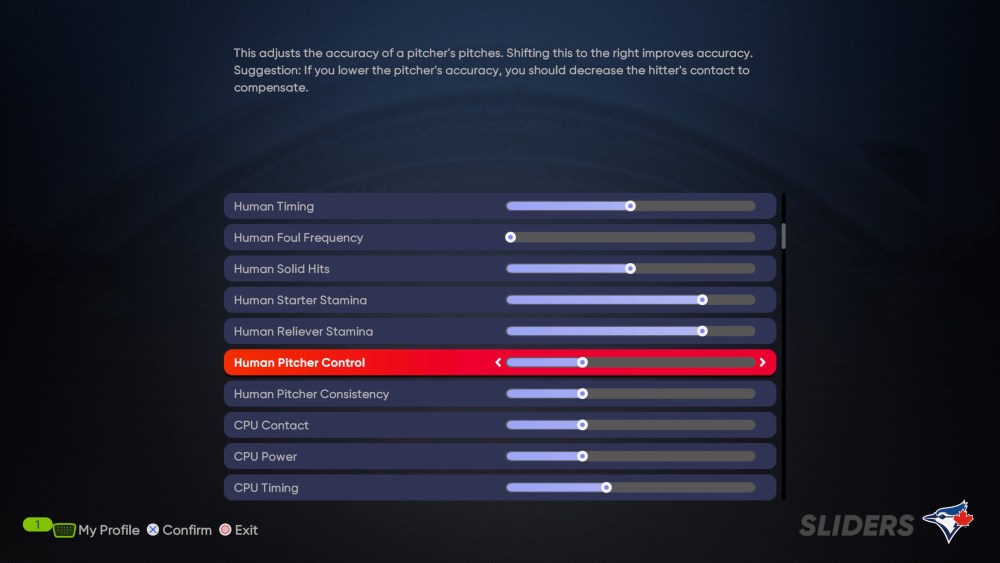

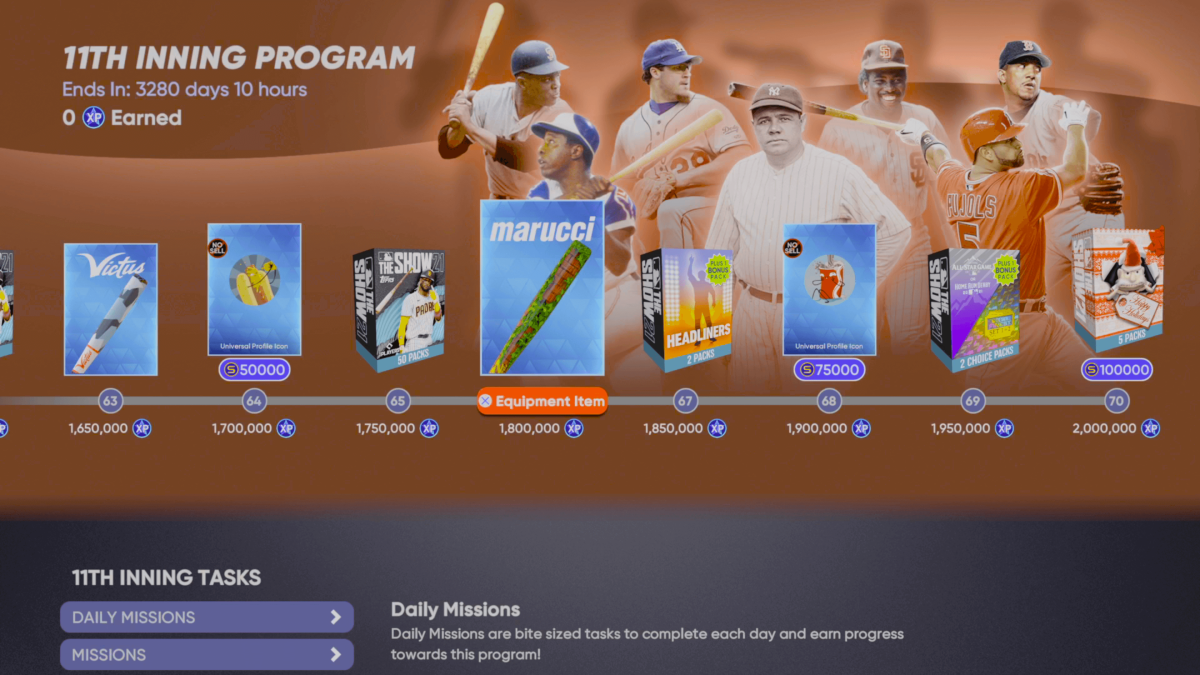
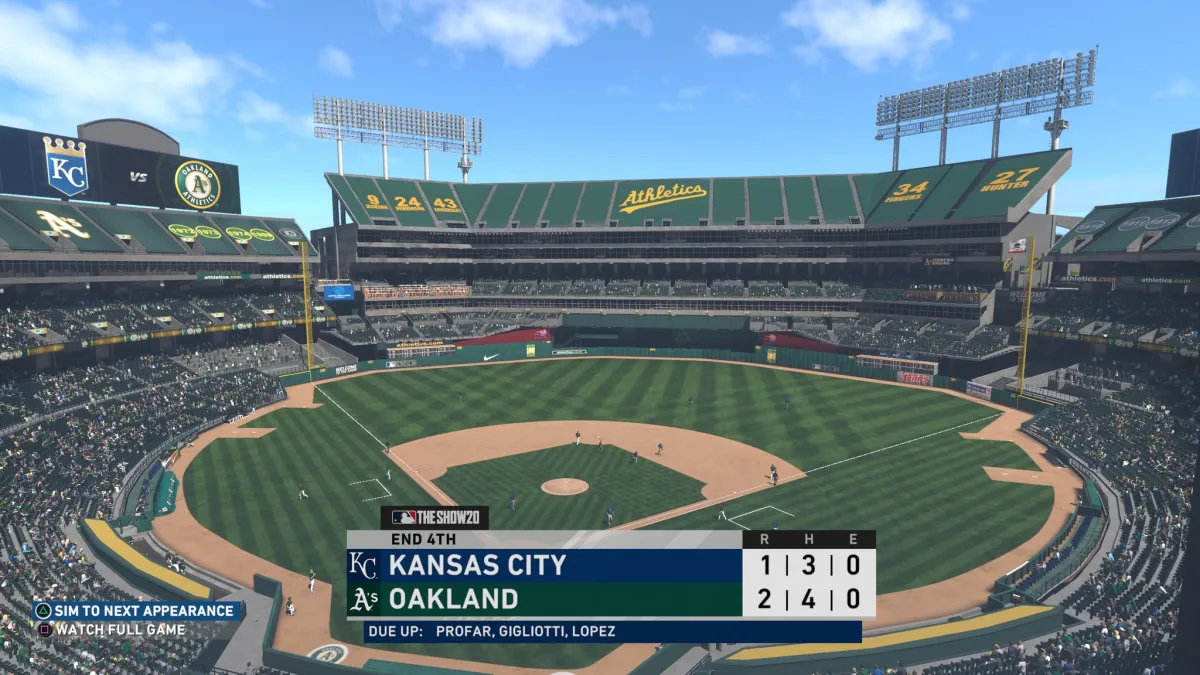
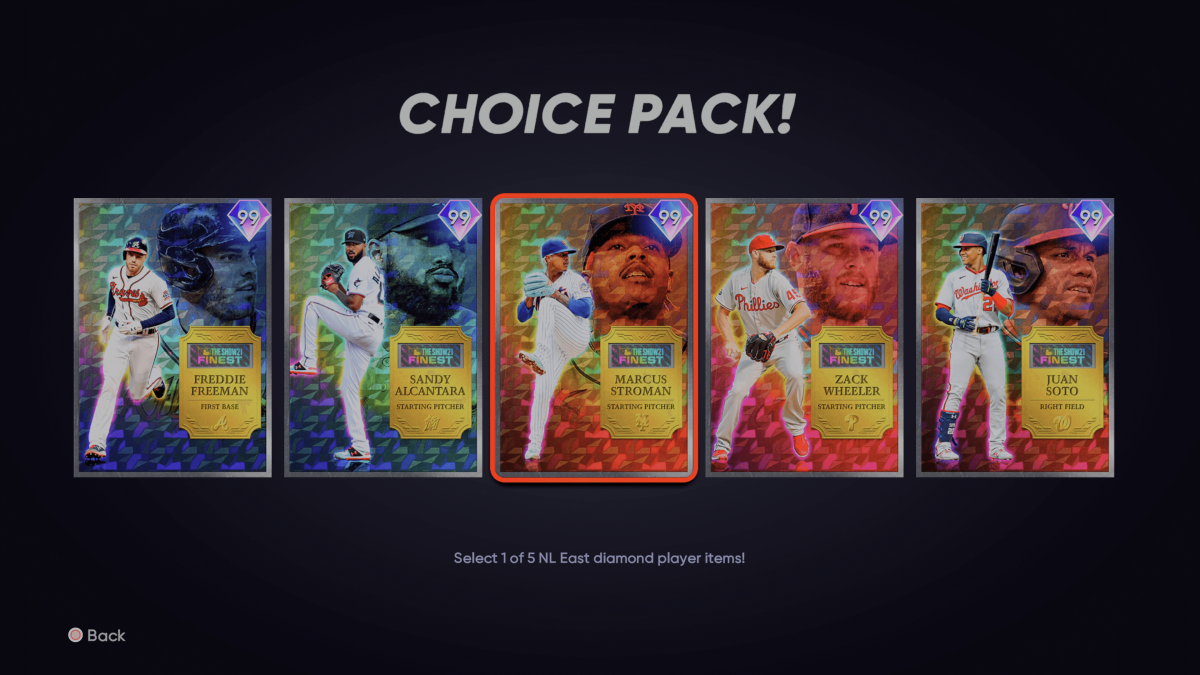
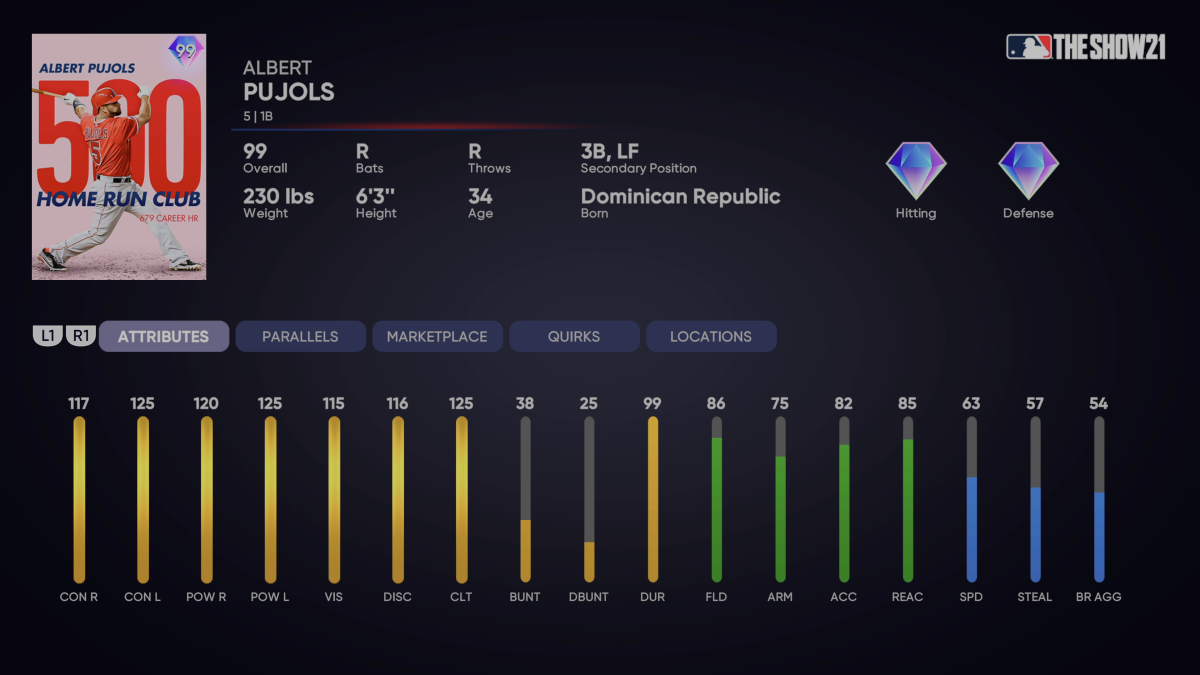
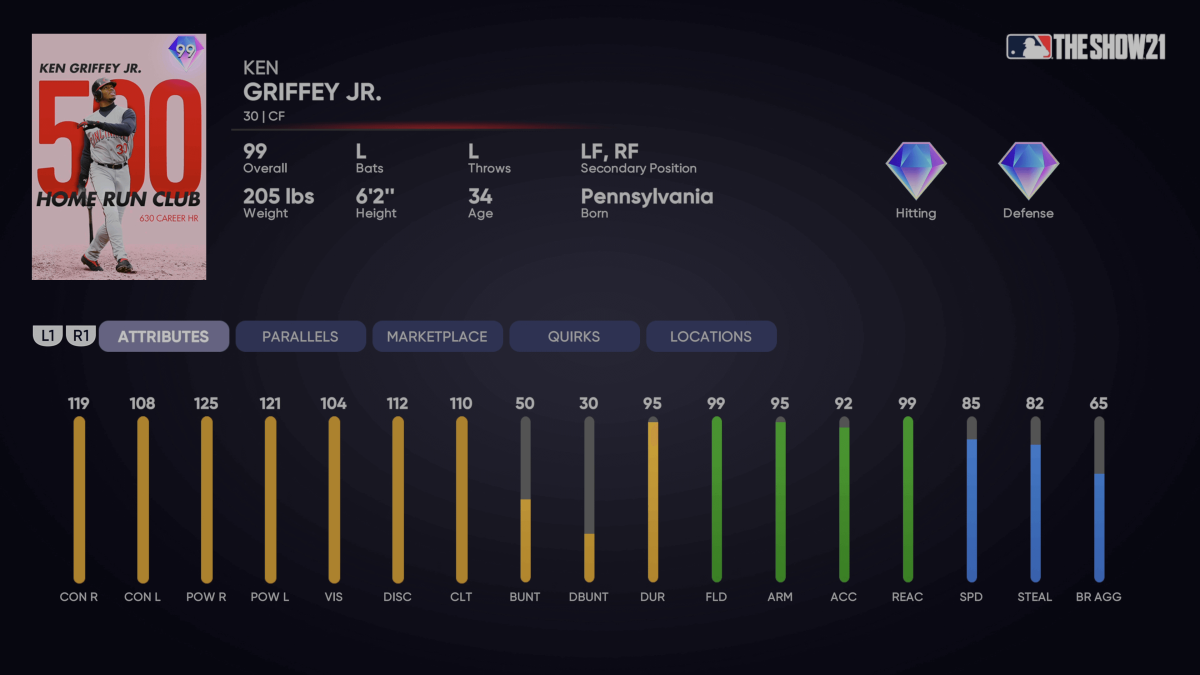
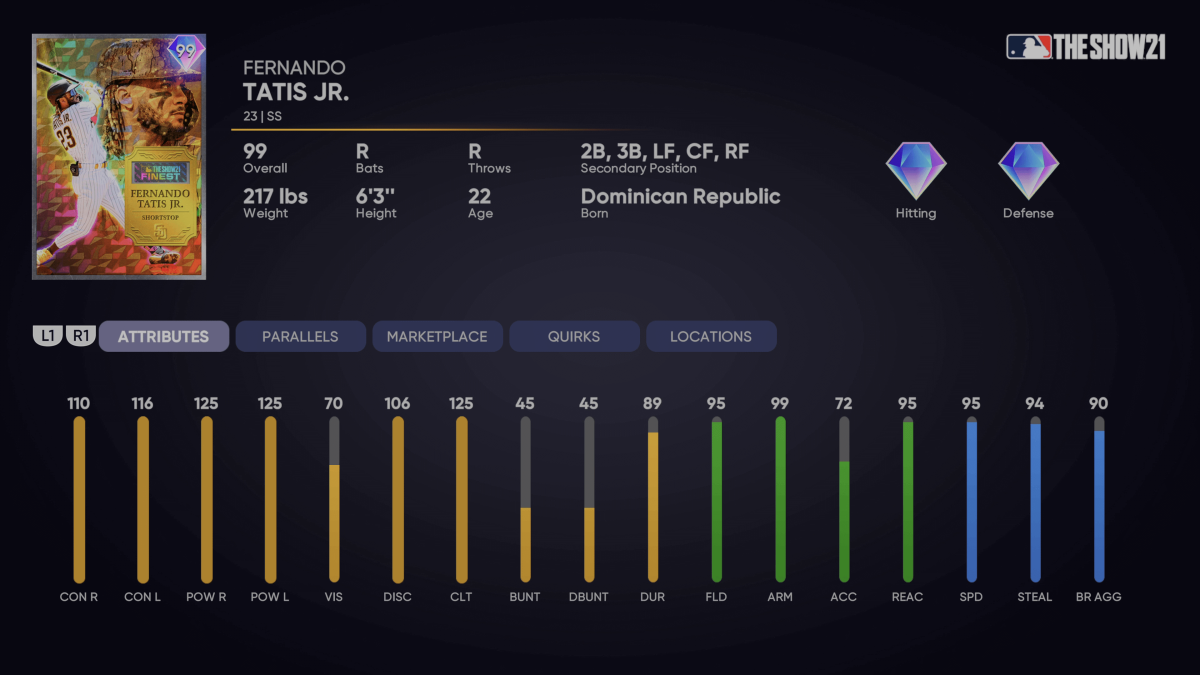
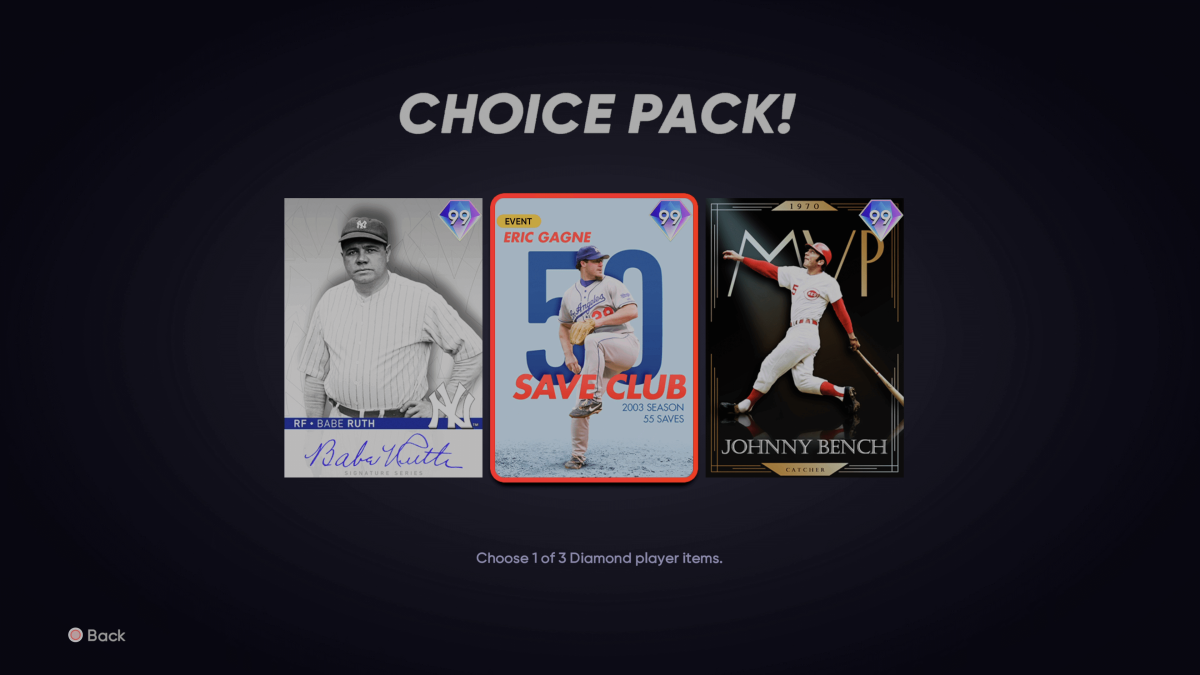
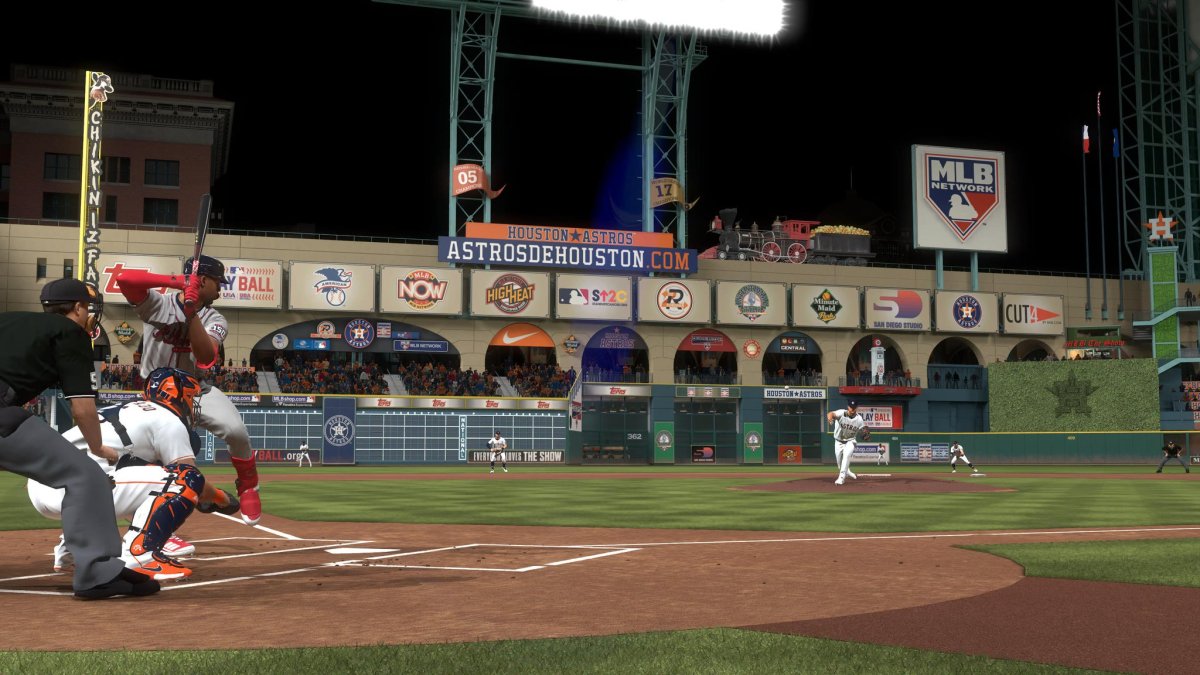
Published: Sep 28, 2021 8:49 PM UTC